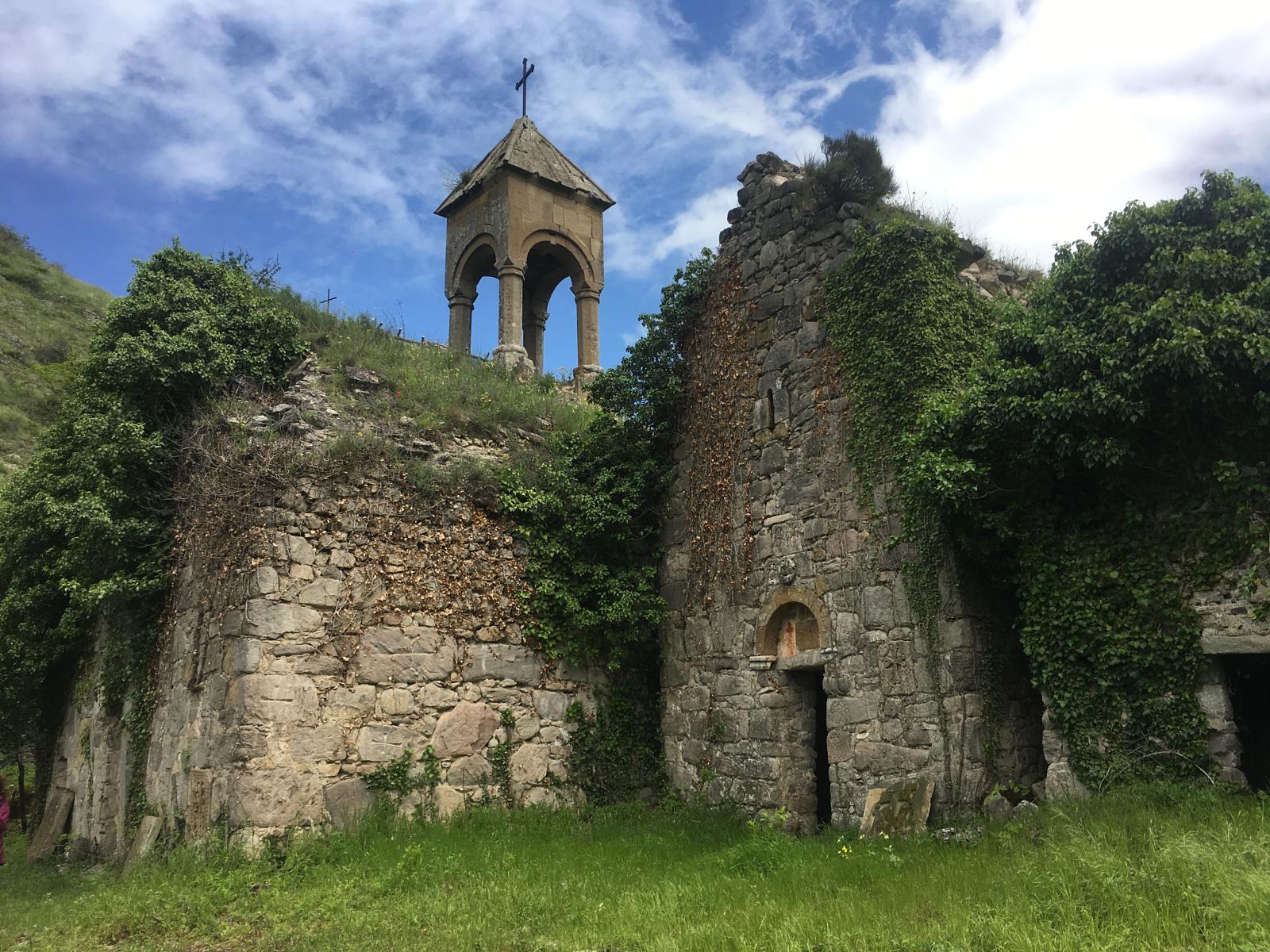While many of us would like to believe that the world is a wonderful place, deep down we know that this is not the case for everyone.
There are countless countries across the globe that face death and destruction daily. Countries full of people that are forced to live in poor conditions and left to suffer in silence. Countries that have remained unheard and unhelped for the better part of a century.
Countries like Armenia.
A small European country, Armenia shares its borders with Turkey, Georgia, and Azerbaijan. It is most commonly recognised for its beautiful countryside, happy and stoic people, amazing architecture, and easy access to other incredible European countries.
But what many people remain unaware of is that it is also one of earliest Christian civilisations on the planet. As a result, it is home to a very large number of incredible religious sites and structures.
Sites and structures that are now, unfortunately, in danger.
You see, the history of Armenia is full of bloodshed.
Over the last thousand years, this stoic country faced down numerous invasions, before finally conceding to the Soviet Union in the early 1900s. Then, after finally escaping their stranglehold in 1991, they were rapidly drawn into a nasty war with Azerbaijan.
Now many of its amazing religious sites are facing destruction.
Including the Yeghishe Arakyal Monastery.
What is the Yeghishe Arakyal Monastery?
The Yeghishe Arakyal Monastery (also known as the “Monastery of Yeghishe the Apostle”) is an Armenian Apostolic Church located on the bank of the Tartar river, in what is now known as the Tartar District of Azerbaijan.
Located in close proximity to the village of Madagiz, this incredible complex contains a beautiful church, seven chapels, a cemetery, and ruins of numerous other buildings.
Our current historical understanding would suggest that the Yeghishe Arakyal Monastery was built sometime in the early parts of the 5th century, before undergoing a significant expansion sometime in the early 13th century.
Demonstrating its significant importance to the Christian people of Armenia, one of the seven chapels surrounding the church is believed to contain the tomb of Vachagan III, the King of Caucasian Albania, who was also known as “Vachagan the Pious”.
Located on the incline of one of the spurs of the majestic Mravsky ridge, the Yeghishe Arakyal Monastery is a sight behold – and one huge challenge to enter.
The trail leading to the monastery passes through an untouched forest, which is covered in large rocks that make the terrain extremely challenging to even the fittest of individuals. Not far from the monastery is small waterfall – the noise of which echoes across the forest.
After making your way to the top of the trail, the unique design of the monastery becomes apparent. Built on the top of a cliff, with one side looking steeply into a deep canyon, and the other three surrounded by defensive walls, it looks untouchable.
While the initial structure was built sometime in the early 500s, it was a work in progress for the Armenian locals who made the dangerous trek up the mountain.
Between the years 800 and 1800 AD, the monastery complex was worked on consistently.
In 1244, the church of Saint Apostle Yegishe was built within the complex. This was followed by another church that was built on the grave of Vachagan the Pious.
Over the next few hundred years, seven chapels were erected here – all arched two-tier structures with altars of various configurations. These churches were complemented with the construction of cells, a refectory, and a two-story residential building for those who tended to its grounds.
Finally, in 1716 the walls of the monastery were strengthened, and arched gates were built as an entryway to the complex.
Throughout the Middle Ages the monastery was considered a major educational and spiritual centre of Artsakh. It was the home to numerous manuscripts and secular documents, and in the XVIII century, the monastery was the centre of the national liberation struggle for independence.
It truly was a hub of Armenian culture. A place of education and learning. A place of spirituality and love, and a place of Christianity.
But unfortunately, it did not last.
The Decline of Yeghishe Arakyal
When Armina was taken over by the Soviet Union in the 1900, Yeghishe Arakyal fell into a state of despair. While it was not destroyed in its entirety like other Armenian monuments, it was vandalised and left to rot.
Over the duration of 70 years it was left to the whim of the environment. The forest surrounding the great structure began to move inwards, climbing over walls and entering buildings. The stones of the building began to crumble.
Mother nature asserted her dominance.
And while Armenia did manage to gain its independence from the soviets in 1991, there was not enough time to repair this amazing building before Azerbaijan attacked Armenia, drawing it into a bloody civil war.
After months of fighting, Armenia were eventually forced into a ceasefire agreement. This agreement stipulated that they must withdraw from the Kalbajar region and return the surrounding area to Azerbaijan.
As you may have guessed, the monastery was included in the territory to come under Azerbaijani control – a nation that looks to wipe out Armenians amazing Christian history, and its amazing monuments, with it.
If left unaddressed there is a real possibility that Yeghishe Arakyal will never return to the care of its people. It is unlikely that its restoration will ever occur, and it will never again offer a pillar of hope for local pilgrims.
While Armenia has surprised the world with is strength and stoicism in the face of danger time and time again, this threat may be too much for them to face alone.
To retake Yeghishe Arakyal they need the help and faith of the world.
They need your help, and your faith.
